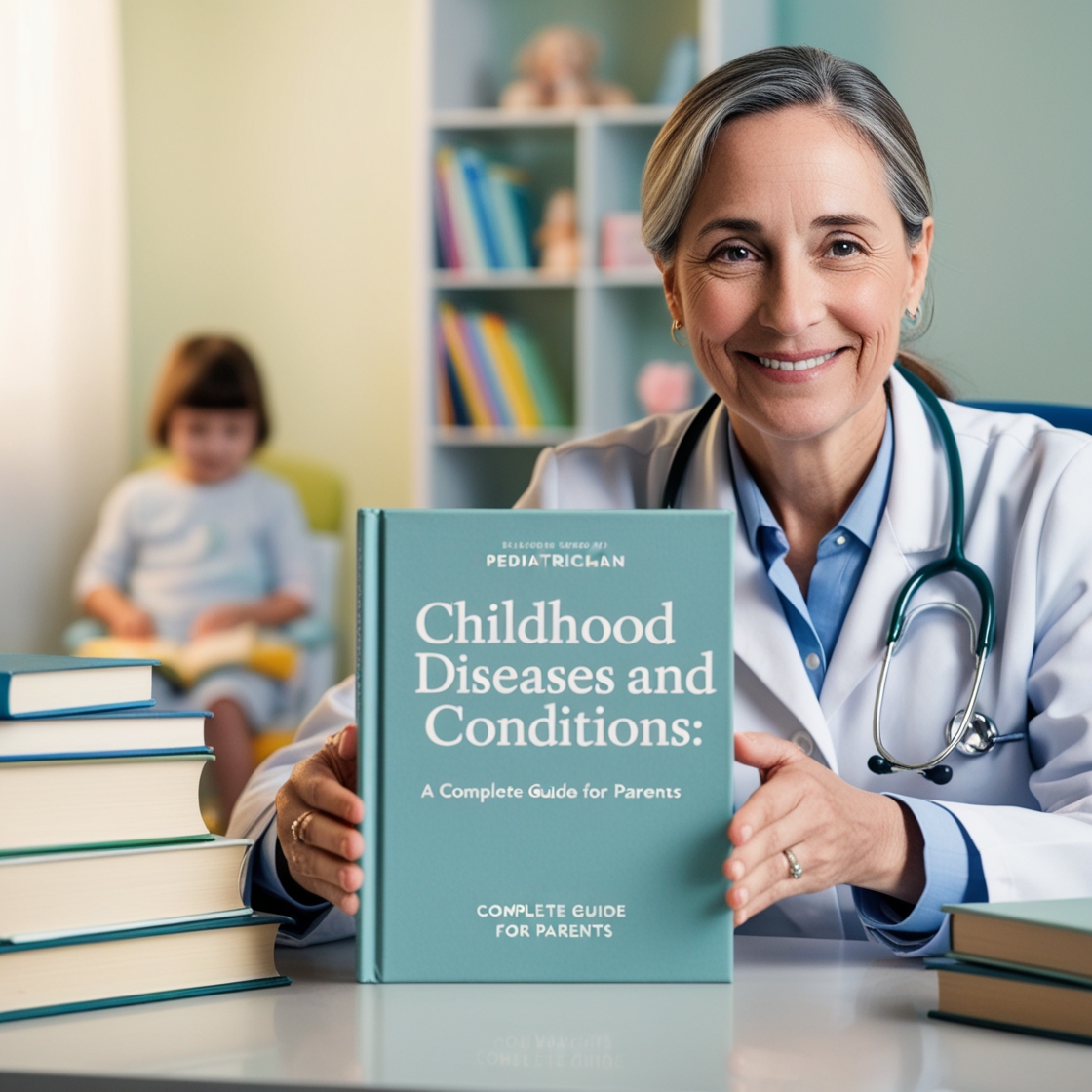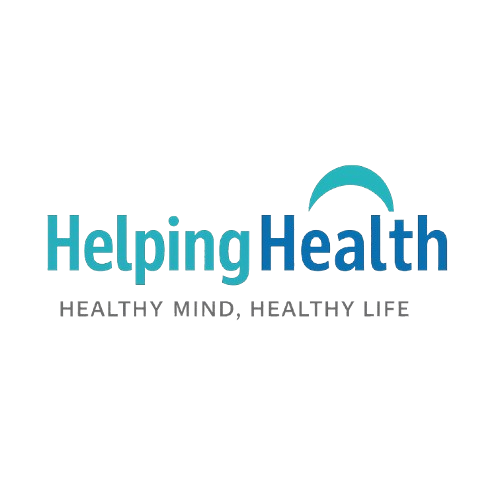
Childhood Diseases and Conditions: A Complete Guide for Parents | Helping Health
Discover common childhood diseases and conditions, their symptoms, causes, and treatments. Helping Health provides parents with expert guidance to keep children healthy and safe.
Introduction
Children’s health is one of the most important concerns for any parent. From infancy to adolescence, kids are exposed to a wide variety of diseases and conditions that can impact their growth and well-being. Understanding these illnesses—how to prevent, identify,
and manage them—empowers parents to take timely action.
At Helping Health, we believe that prevention, awareness, and early treatment are the keys to ensuring children live strong and healthy lives. This comprehensive guide will explore the most common childhood diseases and conditions, along with expert advice for management and prevention.
Why Children Are More Susceptible to Diseases
Children’s immune systems are still developing, which makes them more vulnerable to infections and health conditions. Factors that increase susceptibility include:
-
Weaker immune response in early years
-
Close contact in schools, daycare centers, and playgrounds
-
Unhygienic habits, such as not washing hands
-
Genetic factors and family medical history
-
Nutritional deficiencies affecting immunity
By understanding these risks, parents can take proactive measures to strengthen their child’s health.
Common Childhood Diseases and Conditions
1. Respiratory Infections
One of the most frequent health issues in children, respiratory infections include:
-
Common Cold – Caused by viruses like rhinovirus. Symptoms: runny nose, sneezing, mild fever.
-
Flu (Influenza) – Caused by influenza viruses. Symptoms: high fever, cough, fatigue, muscle pain.
-
Pneumonia – Bacterial or viral infection of the lungs. Symptoms: persistent cough, breathing difficulty, chest pain.
-
Bronchitis & Bronchiolitis – Inflammation in the bronchial tubes, common in children under 2 years.
Prevention:
-
Vaccination (flu shot, pneumonia vaccine)
-
Teaching handwashing
-
Avoiding exposure to sick individuals
2. Gastrointestinal Illnesses
Digestive problems are common in kids due to dietary changes, poor hygiene, and viral/bacterial exposure.
-
Diarrhea – Often caused by rotavirus or contaminated food/water.
-
Food Poisoning – Symptoms: vomiting, abdominal pain, diarrhea.
-
Lactose Intolerance – Inability to digest lactose, leading to bloating, cramps, diarrhea.
Prevention:
-
Encourage clean eating habits
-
Use safe drinking water
-
Ensure proper food storage and cooking
3. Childhood Allergies & Asthma
Allergies in children are becoming increasingly common. They can be triggered by food, pollen, dust, or animal dander.
-
Food Allergies (milk, eggs, peanuts, shellfish)
-
Seasonal Allergies (hay fever, pollen sensitivity)
-
Asthma – Chronic lung condition causing wheezing, coughing, chest tightness.
Management:
-
Identify triggers
-
Keep emergency medication (inhalers, antihistamines)
-
Consult pediatric allergists for long-term care
4. Skin Conditions
Children often suffer from skin-related issues that may cause discomfort but are usually treatable.
-
Eczema (Atopic Dermatitis) – Itchy, dry, inflamed skin.
-
Diaper Rash – Caused by prolonged exposure to moisture.
-
Impetigo – Bacterial skin infection, often near nose and mouth.
-
Chickenpox – Viral infection with itchy rash and blisters.
Prevention & Care:
-
Maintain skin hygiene
-
Keep skin moisturized
-
Vaccinate against chickenpox
5. Nutritional Deficiencies
Proper nutrition is vital for a child’s growth. Common deficiencies include:
-
Iron Deficiency Anemia – Symptoms: fatigue, pale skin, slow development.
-
Vitamin D Deficiency – Can cause rickets (weak bones, delayed growth).
-
Calcium Deficiency – Weak teeth and bones.
Solutions:
-
Balanced diet with fruits, vegetables, proteins
-
Vitamin D from sunlight
-
Pediatric supplements if prescribed
6. Childhood Obesity
An alarming rise in childhood obesity is seen worldwide due to sedentary lifestyles and poor diets.
Health Risks:
-
Early diabetes (Type 2)
-
High blood pressure
-
Low self-esteem and mental health issues
Prevention:
-
Encourage outdoor activities
-
Limit sugary drinks and junk food
-
Create healthy meal plans at home
7. Childhood Diabetes
-
Type 1 Diabetes – Autoimmune condition where the body doesn’t produce insulin.
-
Type 2 Diabetes – Linked to obesity and poor lifestyle.
Warning Signs:
-
Frequent urination
-
Excessive thirst
-
Unexplained weight loss
-
Fatigue
Management:
-
Regular glucose monitoring
-
Insulin therapy (Type 1)
-
Healthy diet and exercise (Type 2)
8. Childhood Cancers
While rare, some cancers affect children. The most common types are:
-
Leukemia (blood cancer)
-
Brain tumors
-
Lymphoma
Early Signs:
-
Persistent fatigue
-
Unexplained weight loss
-
Frequent infections
-
Swelling or lumps
Note: Early detection and modern treatments have significantly improved recovery rates.
9. Developmental & Behavioral Disorders
Some children face challenges that affect learning, socializing, or behavior.
-
Autism Spectrum Disorder (ASD)
-
Attention Deficit Hyperactivity Disorder (ADHD)
-
Speech and language delays
-
Learning disabilities
Management:
-
Early screening and diagnosis
-
Therapy (speech, occupational, behavioral)
-
Parental support and special education
10. Infectious Diseases Preventable by Vaccines
Vaccination plays a crucial role in preventing serious childhood illnesses such as:
-
Measles, Mumps, Rubella (MMR)
-
Polio
-
Hepatitis B
-
Diphtheria, Tetanus, Pertussis (DTP)
-
Rotavirus
Tip for Parents: Always maintain your child’s vaccination schedule.
When to See a Doctor
Parents should seek immediate medical care if their child shows:
-
High fever not responding to medication
-
Breathing difficulties
-
Severe dehydration (no urine for 6–8 hours, sunken eyes)
-
Persistent vomiting or diarrhea
-
Unexplained weight loss
-
Seizures or unconsciousness
Preventive Health Tips for Children
-
Ensure balanced nutrition
-
Promote regular physical activity
-
Teach hand hygiene and oral hygiene
-
Limit screen time
-
Schedule regular pediatric checkups
-
Keep vaccinations up to date
-
Encourage mental well-being through play and family bonding
Conclusion
Children’s health is delicate, but with proper awareness and preventive care, most diseases and conditions can be effectively managed. Parents must stay informed about symptoms, risk factors, and available treatments. Remember, early intervention often makes all the difference.
At Helping Health, our mission is to empower parents with the knowledge and resources needed to protect their children’s health. By focusing on prevention, timely medical care, and a healthy lifestyle, you can ensure your child grows up strong, active, and happy.
